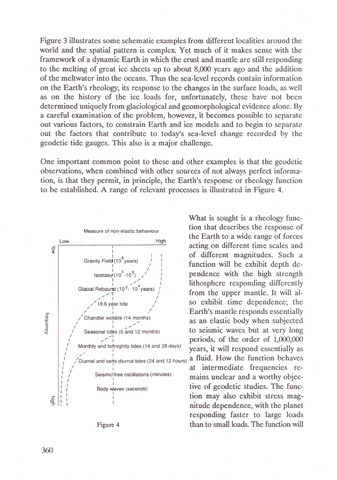Figure 3 illustrates some schematic examples from different localities around the
world and the spatial pattern is complex. Yet much of it makes sense with the
framework of a dynamic Earth in which the crust and mantle are still responding
to the melting of great ice sheets up to about 8,000 years ago and the addition
of the meltwater into the oceans. Thus the sea-level records contain information
on the Earth's rheology, its response to the changes in the surface loads, as well
as on the history of the ice loads for, unfortunately, these have not been
determined uniquely from glaciological and geomorphological evidence alone. By
a careful examination of the problem, however, it becomes possible to separate
out various factors, to constrain Earth and ice models and to begin to separate
out the factors that contribute to today's sea-level change recorded by the
geodetic tide gauges. This also is a major challenge.
One important common point to these and other examples is that the geodetic
observations, when combined with other sources of not always perfect informa
tion, is that they permit, in principle, the Earth's response or rheology function
to be established. A range of relevant processes is illustrated in Figure 4.
What is sought is a rheology func
tion that describes the response of
the Earth to a wide range of forces
acting on different time scales and
of different magnitudes. Such a
function will be exhibit depth de
pendence with the high strength
lithosphere responding differently
from the upper mantle. It will al
so exhibit time dependence; the
Earth's mantle responds essentially
as an elastic body when subjected
to seismic waves but at very long
periods, of the order of 1,000,000
years, it will respond essentially as
i at intermediate frequencies re
mains unclear and a worthy objec
tive of geodetic studies. The func
tion may also exhibit stress mag-
nitude dependence, with the planet
responding faster to large loads
Figure 4 than to small loads. The function will
360
Measure of non-elastic behaviour
Low
High
Gravity Held (10 years)
I
lsostasyi(10 -10
I
10 years)
Diurnal and se^i-diurnal tides (24 and 12 hours) a fluid. How the function behaves
Glacial Rebound (10
z'18.6 yéar tide
Chandler wobble (14 months)
I
l
Seasonal tidès (6 and 12 months)
I
Monthly and foHtnightly tides (14 and 28 days)
Seismic'free oscillations (minutes)
Body Waves (seconds)

